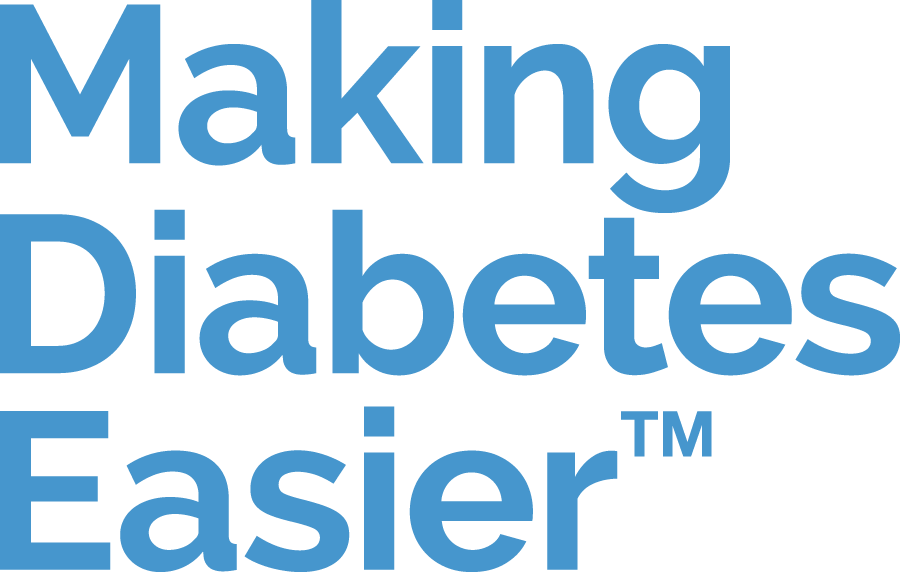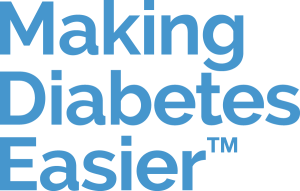Why is measuring your blood glucose important?

Diabetes mellitus is a metabolic disorder characterised by defective production of insulin in the body.
Insulin is essential for survival. Without it, glucose (sugar) cannot be used by the body. People with diabetes, therefore, have to monitor their glycaemia (blood glucose level) throughout the day in order to know the correct dose of insulin they require and adapt their intake of glucose to keep it within their target range.
In the case of diabetes, measuring your blood glucose is not only important but essential to maintaining your health; levels of glucose in the blood that are too high or too low can lead to serious long-term complications for the eyes, kidneys, nervous system, heart and blood vessels.
Blood glucose variations in people living with diabetes
It is important for all people living with diabetes to measure their blood glucose level regularly as it enables them to adjust their treatment and lifestyle, and limit the extreme variations in glycaemia that may occur over the period of a day. For example, physical activity can lower blood glucose levels, while a drop in insulin levels or consumption of sugary food and drinks can help raise it.
There are two main ways to measure your blood glucose:
- Self-testing: patients place a small drop of blood from their finger on a strip. A small device analyses the strip and displays the level of glucose in the blood.
- The continuous glucose monitoring system (CGM): this is a small transmitter and receiver that monitors in real-time the level of interstitial glucose via a tiny needle and sensor attached to the abdomen.
How to maintain stable blood glucose levels?
Self-monitoring of blood glucose levels combined with a personalised therapy plan, a balanced diet, and regular physical activity are the pillars of maintaining stable blood glucose levels and preventing possible diabetes-related health problems.
People with diabetes following an insulin treatment plan also need to monitor their blood glucose levels throughout the day to determine if the dose of insulin administered needs to be adjusted.
Low levels of blood glucose: hypoglycaemia
Hypoglycaemia is defined as a low level of glucose in the blood, which occurs when glucose intake falls below the body's needs. This is because glucose acts as a fuel for metabolism, and serious complications can occur if it drops below the minimum requirement.
Hypoglycaemia is sometimes down to the incorrect dosage of insulin and glucose intake. For example, the blood glucose of a person with diabetes may drop suddenly after physical activity, having overestimated their insulin needs. Hypoglycaemia can also occur in people with type 2 diabetes who are taking certain types of medication or when calorie intake is insufficient to meet their energy needs (light or skipped meals).
Hypoglycaemia is one of the most common complications of insulin therapy. It manifests itself through feelings of tiredness, hunger, trembling, sweating, irritability, dizziness, drowsiness, and convulsions, and can result in loss of consciousness which requires immediate medical attention.
High levels of blood glucose: hyperglycemia
People with diabetes often have a very high level of glucose in the blood. This is called hyperglycaemia. It occurs when glucose accumulates in the blood, usually because of insulin deficiency coupled with overly low energy expenditure for the amount of glucose ingested.
Untreated chronic hyperglycaemia can, in time, lead to many life-threatening complications, including arterial deterioration, heart disease, stroke, kidney disease, blindness, increased risk of infection, and, in extreme cases, limb amputation.
It is therefore essential to measure your blood glucose in order to maintain a healthy balance, prevent hyperglycaemia and other serious complications which, once developed, are often irreversible.
Sources
- John M. Eisenberg Center for Clinical Decisions and Communications Science. Methods for Delivering Insulin and Monitoring Blood Sugar: A Review of the Research for Children, Teens, and Adults With Diabetes. Comparative Effectiveness Review Summary Guides for Consumers [Internet]. Rockville (MD): Agency for Healthcare Research and Quality (US); 2005–. AHRQ Comparative Effectiveness Reviews. 2012 Sep 4. PMID: 23101057.
- Hélène Gilet, Jean-Bernard Gruenberger, Giovanni Bader, Muriel Viala-Danten. Demonstrating the Burden of Hypoglycemia on Patients’ Quality of Life in Diabetes Clinical Trials: Measurement Considerations for Hypoglycemia. Value Health. 2012 Dec;15(8):1036-41. doi: 10.1016/j.jval.2012.06.002. Epub 2012 Sep 8.
- Miranda Langendam, Yoeri M Luijf, Lotty Hooft, J Hans Devries, Aart H Mudde, Rob J P M Scholten. Continuous glucose monitoring systems for type 1 diabetes mellitus. Cochrane Database Syst Rev. 2012 Jan 18;1(1):CD008101. doi: 10.1002/14651858.CD008101.pub2.
- Mouri MI, Badireddy M. Hyperglycemia. [Updated 2020 Sep 10]. In: StatPearls [Internet]. Treasure Island (FL): StatPearls Publishing; 2020 Jan-.
- InformedHealth.org [Internet]. Cologne, Germany: Institute for Quality and Efficiency in Health Care (IQWiG); 2006-. Hyperglycemia and hypoglycemia in type 1 diabetes. 2007 May 29 [Updated 2017 Jun 29].
- Mathew P, Thoppil D. Hypoglycemia. [Updated 2020 Dec 03]. In: StatPearls [Internet].


